Mirror of Holland (1950)
장르 : 다큐멘터리
상영시간 : 9분
연출 : Bert Haanstra
시놉시스
In this short film Bert Haanstra gives his vision - from the water – of a tranquil Holland. During filming he held the camera upside down and afterwards put the images ‘up right’ again in the film. By doing this, we see the ‘usual’ waterfront, but transformed by the rippling of the water. In this way Mirror of Holland became a modern looking experimental film. However this did not devalue the Dutch sentiment regarding waterfronts that are so trusted to so many.

독일군 장교 스테판 브란트 대위는 망명한 독일 황제 빌헬름 2세를 경호하라는 임무를 맡는다. 독일이 네덜란드를 장악하고 있는 상황에서 황제는 네덜란드 외딴 곳에 있는 저택에 산다. 독일 당국은 황제를 주시하는 네덜란드 스파이에 대해 불안한 분위기를 감지한다. 브란트는 그 단서를 찾기 위해 황제의 일상에 투입되고 예기치 않게 미케라는 하녀와 격정적으로 사랑에 빠져드는데 브란트는 그녀가 유대인이라는 사실을 금방 알아챈다. 어느 날 나치 친위대장 하인리히 힘러가 부하들을 이끌고 갑작스레 황제를 방문하여 숨 막히는 대결 구도가 진행되면서 비밀은 드러나고 충성심은 시험대에 오른다. 브란트는 조국과 마음이 가는 곳 사이에서 선택의 기로에 서며 한 가지를 선택할 상황에 놓이는데..
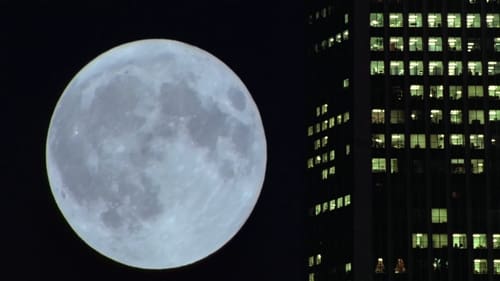
카시 삼부작의 첫 작품. ‘코야니스카시’란 호피 족 인디언 말로 ‘균형 깨진 삶'라는 뜻이다. 뚜렷한 내러티브도 대사도 없이 그저 음악과 영상으로만 되어 있는 이 영화는, 고대 인디언들이 그린 벽화에서 시작한다. 이후 광활하고 경외로운 대자연, 그리고 인간이 약간의 가공을 가한, 노동하는 인간과 함께 하는 자연을 그린다. 이후 정신없이 빠른 속도로 굴러가는 도시를 묘사하는 씬으로 오면, 자연과 완전히 등을 진 채 오롯이 인간이 만든 인공적인 환경 속에서 속도와 파괴에 지배당하는 인간의 도시문명이 대비된다. 도시 문명의 속도는 점점 심해져 클라이막스에서는 거의 기하학적 무늬로 표현되며 현기증을 준다.
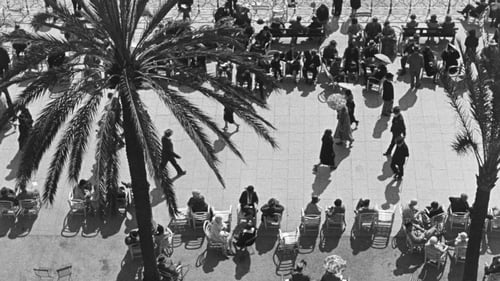
휴양도시 니스에 관한 매혹적이면서도 신랄한 관찰. 아름다운 풍광을 지닌 관광지로서의 니스가 아니라, 웨이터, 청소부, 댄서 등 그 안에서 살아가고 있는 사람들의 모습을 카메라에 담아 역동적인 삶의 활기를 보여주는 한편 해변과 거리에서 나른하게 소일하는 관광객들의 모습을 통해 사회의 모순과 위선을 꼬집고 있다. (필름포럼 - 2011년 에세이영화 특별상영)
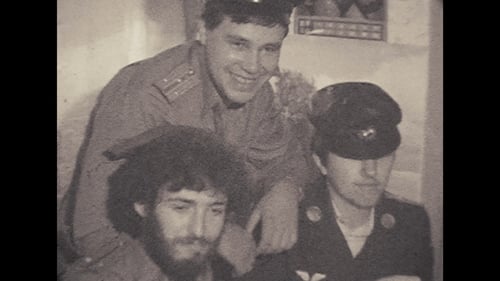
Mockumentary experimental film, which shows one day in the life of a young man. The action takes place on the Day of Soviet Cosmonautics, April 12, one of the last years of the USSR. Outside the window, it is gradually getting warmer, the onset of spring is felt, promising hope for the possibility of changes in the country. The hero of the film is fond of space. The young man, who idolizes Gagarin, is engaged in reconstruction, making the uniform in which the cosmonaut walked in the prime of his glory. Our hero is also a film enthusiast. He makes films with stories of space flights and shows them to his friends. The film is stylized as amateur films of the 1980s and was shot on a 16-mm color film made by the company" Svema", made in the Soviet Union. The quality of this film allows the viewer to fully immerse themselves in the atmosphere of the time of the film, which is dedicated to Soviet cosmonautics and Edward D. Wood Jr.
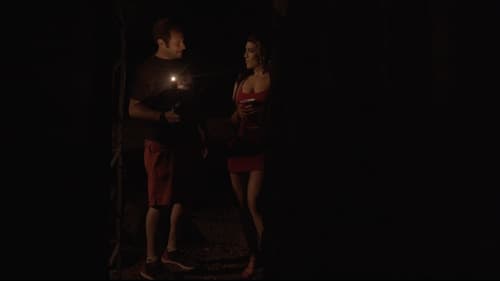
A costume designer is sent to the Catskills for an interactive theatre piece set in the 1920s. When she arrives things seem dark, strange and off. She soon realizes she is part of a student film.

Shot under extreme conditions and inspired by Mayan creation theory, the film contemplates the illusion of reality and the possibility of capturing for the camera something which is not there. It is about the mirages of nature—and the nature of mirage.
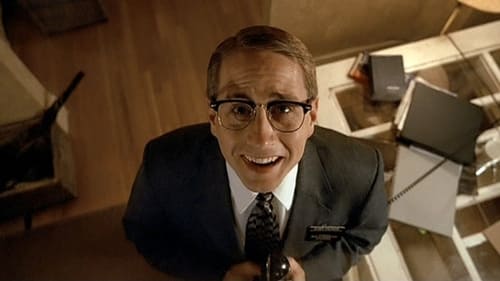
Two pairs of Mormon missionaries from America live in a beaten-up apartment in the Dutch city of Haarlem. Their personalities are distinctly different. Elder Johnson is the District Leader and oversees their efforts. His companion, the vain Elder Van Pelt, seeks to become the assistant to the mission president (the top post available) as soon as possible. The capable Elder Rogers has become disillusioned and inattentive to his duties ever since a previous missionary companion returned to America and married Elder Roger's girlfriend. The three meet Elder Roger's new companion, Elder Calhoun, in the train station. This new elder is a nerdy but enthusiastic "greenie" that has just arrived from the Missionary Training Center (MTC) in Utah. Unfortunately, his training did not give him much fluency in the Dutch language. But as luck would have it, the first person he approaches to proselytize is a fellow American named Kyle.
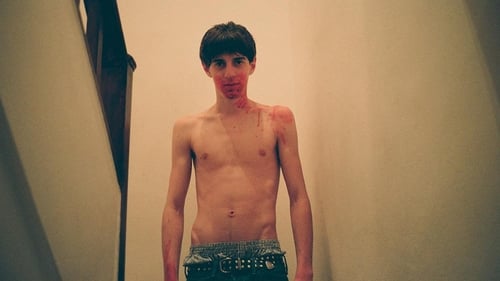
Each day after work, Carlos, a language school teacher, frequents the heady surroundings of his local cruising ground. One evening he encounters a teenage boy from his class named Toni, and the two engage in a brief sexual tryst. As the relationship between teacher and student begins to develop, some dark truths emerge about the young man and his mysterious group of friends.
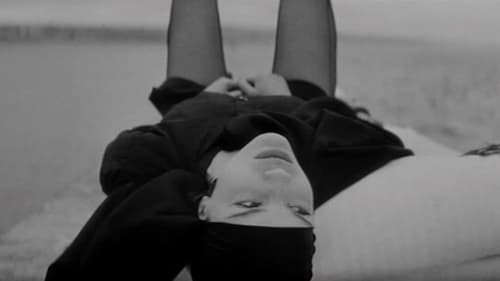
성경의 알레고리를 느슨하게 차용한 작품으로, 당대를 대표하던 패션모델이자 아티스트, 뮤지션인 주주가 막달레나 마리아로 분하며, 피에르 클레멘티가 예수 역을 맡았다. 감독 자신은 직접 엇나가는 제자로 출연한다. 필립 가렐은 당대의 68운동을 상징하는 인물로서 예수를 ‘궁극의 히피’로 내세운다.

This short film made by László Moholy-Nagy is based on the shadow patterns created by his Light-Space Modulator, an early kinetic sculpture consisting of a variety of curved objects in a carefully choreographed cycle of movements. Created in 1930, the film was originally planned as the sixth and final part of a much longer work depicting the new space-time.
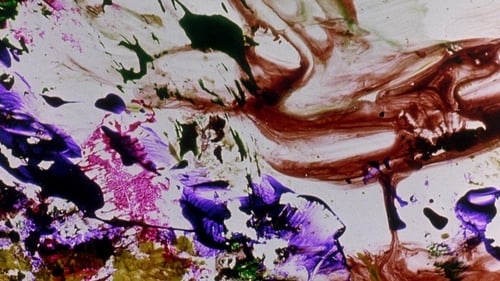
A visual representation, in four parts, of one man's internalization of "The Divine Comedy." Hell is a series of multicolored brush strokes against a white background; the speed of the changing images varies. "Hell Spit Flexion," or springing out of Hell, is on smaller film stock, taking the center of the frame. Montages of color move rapidly with a star and the edge of a lighted moon briefly visible. Purgation is back to full frame; blurs of color occasionally slow down then freeze. From time to time, an image, such as a window or a face, is distinguishable for a moment. In "existence is song," colors swirl then flash in and out of view. Behind the vivid colors are momentary glimpses of volcanic activity.
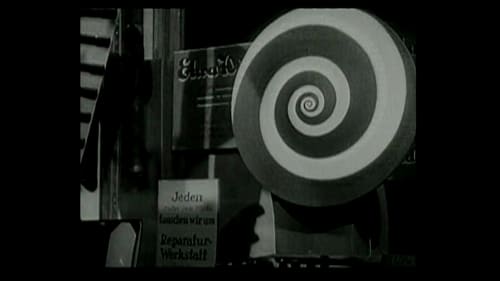
A train speeds through the country on its way to Berlin, then gradually slows down as it pulls into the station. It is very early in the morning, about 5:00 AM, and the great city is mostly quiet. But before long there are some signs of activity, and a few early risers are to be seen on the streets. Soon the new day is well underway. It's just a typical day in Berlin, but a day full of life and energy.

An experimental film comprised of Stanley Kubrick's THE SHINING played forwards and backwards at the same time on the same screen, creating bizarre juxtapositions and startling synchronicities

This hand-painted work is easily the most minutely detailed ever given to me to do, for it traces (as best I'm able) the hypnagogic after-effect of psychological cathexis as designed by Freud in his first (and unfinished) book on the subject - "Toward a Scientific Psychology." (SB)
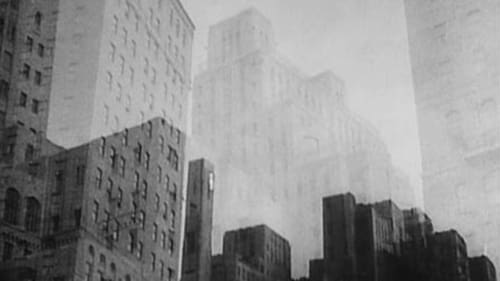
A montage of the skyscrapers of Manhattan opens with a succession of stationary views of the upper portions of numerous buildings. This is followed by a wide variety of fluid shots, which also begin to show more and more of the surrounding city, in addition to the skyscrapers themselves.

A tilted figure, consisting largely of right angles at the beginning, grows by accretion, with the addition of short straight lines and curves which sprout from the existing design. The figure vanishes and the process begins again with a new pattern, each cycle lasting one or two seconds. The complete figures are drawn in a vaguely Art Deco style and could be said to resemble any number of things, an ear, a harp, panpipes, a grand piano with trombones, and so on, only highly stylized. The tone is playful and hypnotic.

This documentary takes an economic perspective, painting a candid picture of how the Dutch chain store HEMA has had to adapt to modern times and globalization to continue as a major player on the highly competitive retail market. It's all about expansion, even as far as China. But do foreign countries really need quintessentially Dutch concepts such as uniform pricing, the classic HEMA smoked sausages and timeless ladies' dresses? Chinese filmmaker Yan Ting Yuen, who came to the Netherlands at the age of six, followed the passionate CEO for a year, trying to find out what makes HEMA so unique. It turns out to be about more than just smoked sausages, as shown by the success of the new stores in France, where customers stuff their baskets with coffee mugs and Dutch syrup waffles.

The faces of a 5:00 PM crowd descending via the Pan Am building escalators in one continuous shot. In old-fashioned black and white, these faces stare into the empty space, in the 5:00 PM tiredness and mechanical impersonality, like faces from the grave.

Hans Richter, noted for his abstract shorts, has everyday objects rebelling against their daily routine.

This is one of the classic animations of the 1990s with its surreal tale of the struggle between the sexes. All the strains as well as the closeness of relationships are shown, the title referring to the repetition of the tensions throughout our lives. It also reveals the role the woman plays in a marriage and the need, though often not communicated properly, of the man for this companionship and support.

The film is an artistically spare depiction of the Greek myth of Sisyphus, sentenced to eternally roll a stone up a mountain. The story is presented in a single, unbroken shot, consisting of a dynamic line drawing of Sisyphus, the stone, and the mountainside.

With a similar dreamy mood like its predecessor "Take the 5:10 to Dreamland" (1976) this clip starts with a boy getting into his bed. The camera zooms in into the boy's mind and a slow, sad waltz (i.e."Valse Triste") accompanies images of a locomotive, a miner, the globe, the sky, a sheep heard, etc. Disparate elements, but if one concentrates only at the movement of the figures, one can perceive a commotion, slowly livening up: The starting wheels of the heavy locomotive, the tired miner pushing the heavy cart of coal bricks, the globe smoothly turning around and around, the clouds imperceptibly floating in the sky, the sheep idly moving in the herd, etc. We reach the first climax when a mannequin opens her coat like a flower. The second big crescendo spurts out from a "water hose", after watching schoolgirls doing gymnastics for quite a while. A sad, but nostalgic aftertaste lingers in the end when funeral cars drive away through a flooded area…

A 10 minute long journey of emotions that befall children faces. Fear, Curiosity; a Smile. They all sit in a dark theater. What they see, we don't; we can only guess from their faces.

Stan Brakhage's final film, made shortly before his death by wetting a filmstrip with saliva and using his fingernail to scratch marks into the emulsion.

Film about politically motivated violence in the Kingdom of Prussia.

This short animated fable stars witches, cloaked riders and other Gothic characters, in a tale about the hungry natural world. Here the artist plays cat's cradle with ideas, especially the notion that one thing leads to another and that lives lead from one to another. Without words but featuring a witch's brew of sounds.

Animated short film by Christopher Hinton.

An artist receives the visit of Grogg, an animated captain, to draw his portrait

A crazy squirrel provokes a dog into trying to catch him throughout the picture.

Documentary following an Edinburgh fishing trawler, the "Isabella Grieg".

Man's rebellion against the world of the digits.

Two Penny Magic (Zweigroschenzauber) starting off with a little magic trick. It then presents an array of images from swimmers, bicyclers, murderers, airplanes in flight, boxers, lovers, runners, becoming in the end a collection of images in a magazine.

천천히 움직이는 카메라의 시선이 누군가의 방을 느리게 훑는다. 그리고 작은 변화가 일어난다.

A waltz played with an accordion starts a short story about the running time.
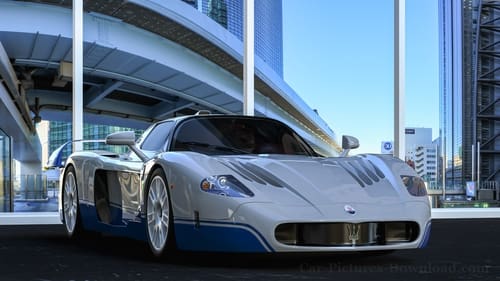
In the first action he filmed, 6/64 Mama und Papa, Kren’s editing leads to many interlocking continuous shots; central takes recur like a leitmotif, circular motion and networking can be observed throughout the film. Kren painstakingly weaves the fury in front of his camera lens into dense geometrical figures. Shot/countershot sequences alternate, lumping back and forth between single (!) frames, they turn the Actionist turmoil into ornaments, rigid geometrical patterns, the equivalent in time to what Mondrian used to distill on canvas in space. (Peter Tscherkassky)

A day at the carnival — sensational tent shows where miracles can be seen for the price of admission, boisterous noise of crowds and barkers, shrill and gaudy circus music, the violence of the street ten-fold. This is the substance of Everything Turns, Richter’s first sound film. At its premier at Baden-Baden Richter got into a fight with two Nazi officials who disliked the film's ‘modernism.’ Yet in 1936 it was awarded first prize for artistic merit by the Nazis, with Richter’s name suppressed from the credits. He had long since left Germany.

La marche des machines is a thundering, thumping symphony of turbines, belts, flanges, wheels and sparks.

John, who loves the bottle a little too much, is one of a group of sightseers. Too drunk to follow the party, the reeling drunkard remains on the site of a ruin where he starts having hallucinations.

"Studie II (Hallucinationer)" (Study II (Hallucinations)) (1952), comprises twelve staged scenes that were modelled after a set of drawings. Accompanied by metallic sounds, various body parts, limbs and objects form surrealistic collages against the background of a black space. Peter Weiss intended to create associative images that can not be deciphered completely. Beyond any logical interpretation, he wanted to show pure inner feelings.
























